In recent years, discussions about prefabricated buildings have become increasingly popular. Especially with policy support and technological advances, many people are starting to consider using this new method to build their own villas.
As an old civil engineer who has been following the construction industry for years, today let’s have a serious talk about whether prefabricated villas are really suitable for ordinary people.
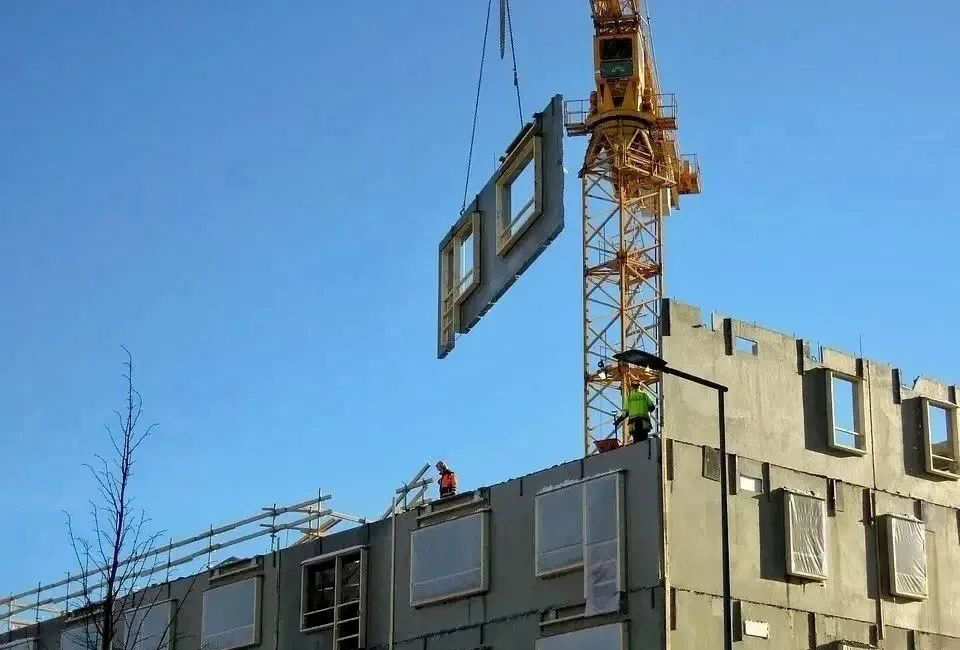
- What is prefabricated construction? How is it different from traditional building?
Simply put, prefabricated construction means breaking a house down into “parts” that are manufactured in a factory like building blocks, then transported to the site for assembly.
You can imagine standardized wall panels, floor slabs, and stairs produced in the factory—like IKEA furniture components—that are directly put together on site.
This method is completely different from traditional on-site bricklaying, formwork setup, and concrete pouring.
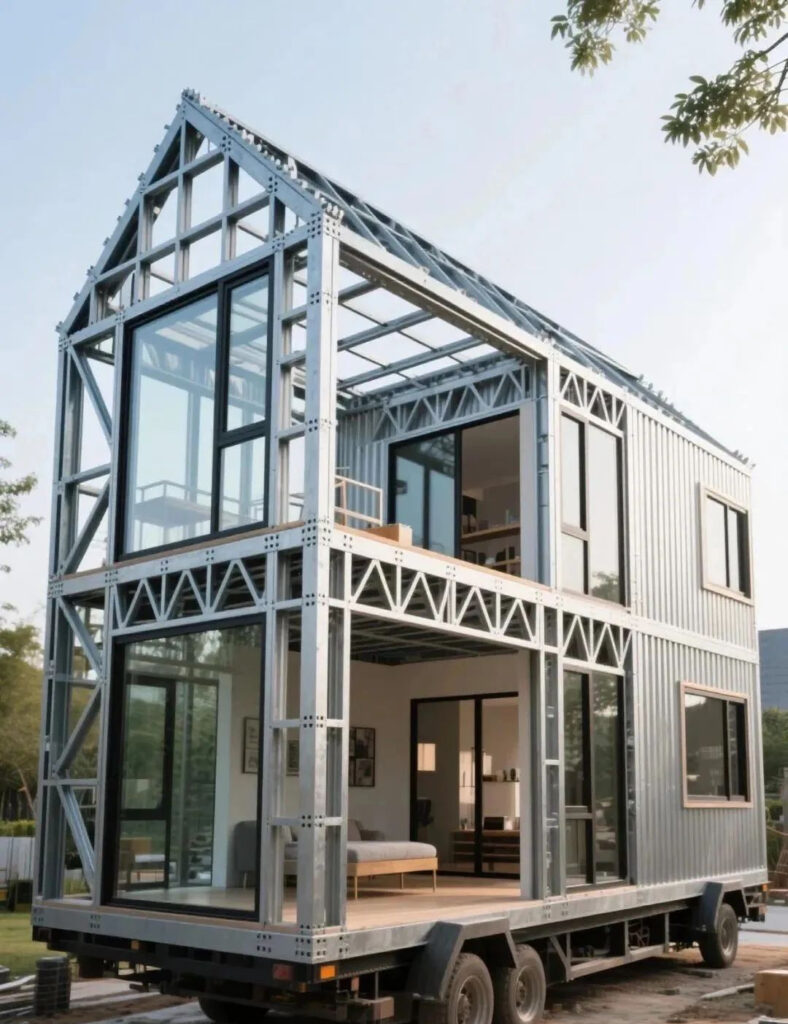
2. Is prefabricated technology really reliable? Does the quality meet standards?
2.1 Factory Production Ensures More Stable Quality
Traditional construction depends heavily on the skill of on-site workers—for example, the vertical alignment of walls or the mixing ratio of concrete—which are easily affected by human factors.
In contrast, prefabricated building components are produced in factories using high-precision molds, with errors controlled within millimeters.
For instance, Anhui Construction Group’s projects achieve millimeter-level component accuracy through standardized factory prefabrication and BIM digital management, building a full-process data traceability and intelligent early warning system.
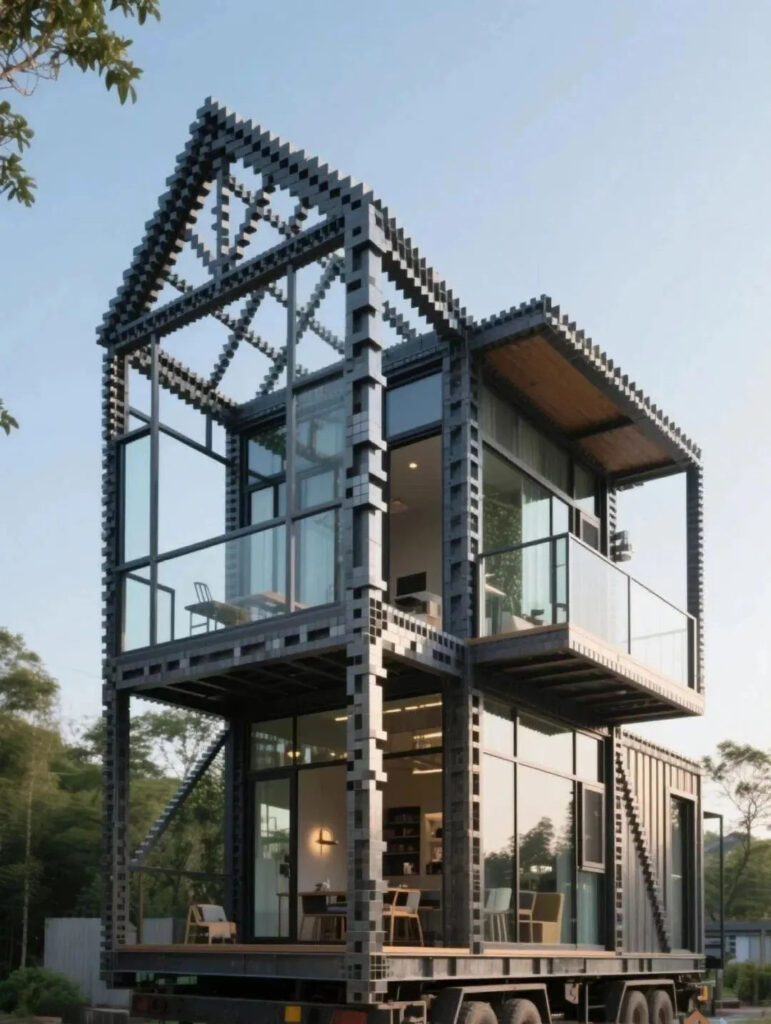
2.2 Structural Safety Is Guaranteed
The design principle of prefabricated buildings is to separate the structural system from the equipment and piping systems. This ensures that during decades of use, no matter how many repairs or renovations are made, the main structure remains intact.
Japanese prefabricated high-rise buildings have withstood multiple major earthquakes. After the Great Hanshin Earthquake, investigations showed that prefabricated buildings had a lower damage rate compared to other types of buildings.
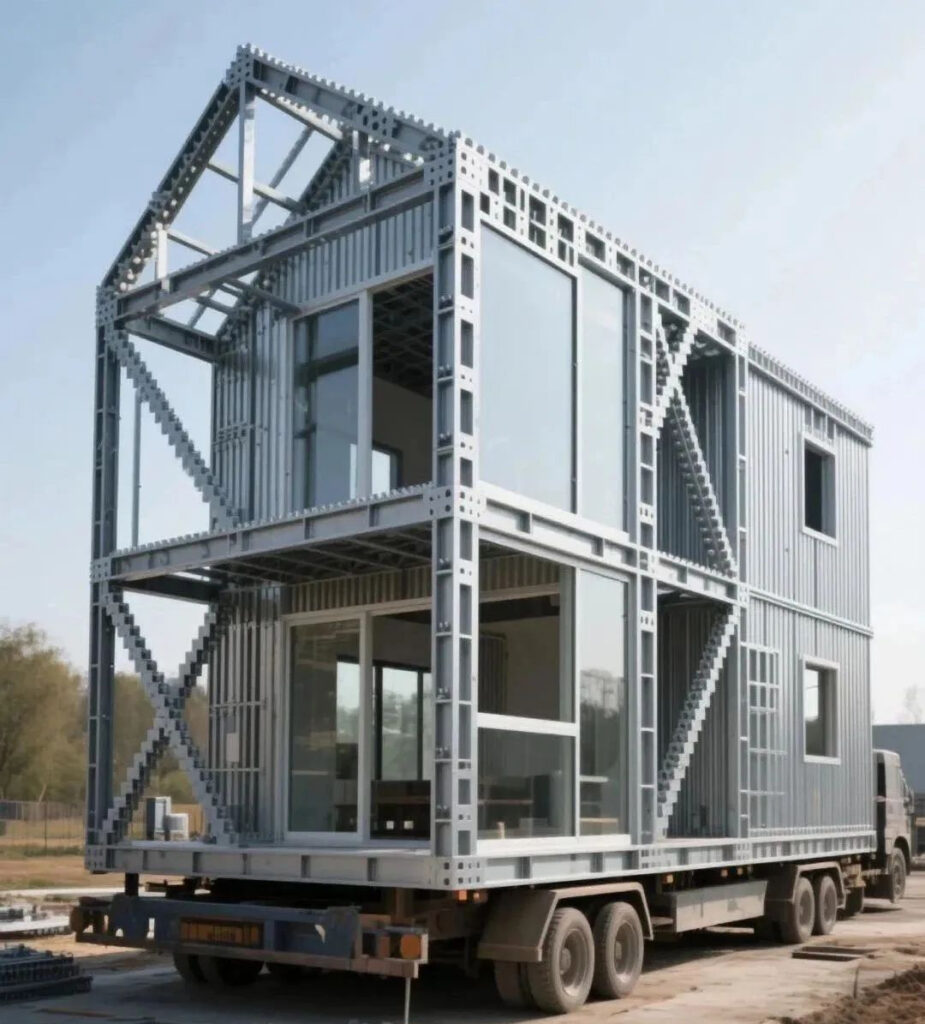
2.3 Better Insulation and Soundproofing for Peace of Mind
Traditional buildings often have exterior insulation boards that can easily fall off and pose fire risks.
Prefabricated buildings can embed insulation boards within the concrete, which not only improves fire resistance but also ensures that the insulation lasts as long as the main structure.
One user shared feedback that their prefabricated villa stays warm in winter with just one heater, and in summer, after opening the door, the temperature inside is much cooler than in a brick-and-tile house. The soundproofing is also excellent, with almost no outside noise heard once the door is closed.
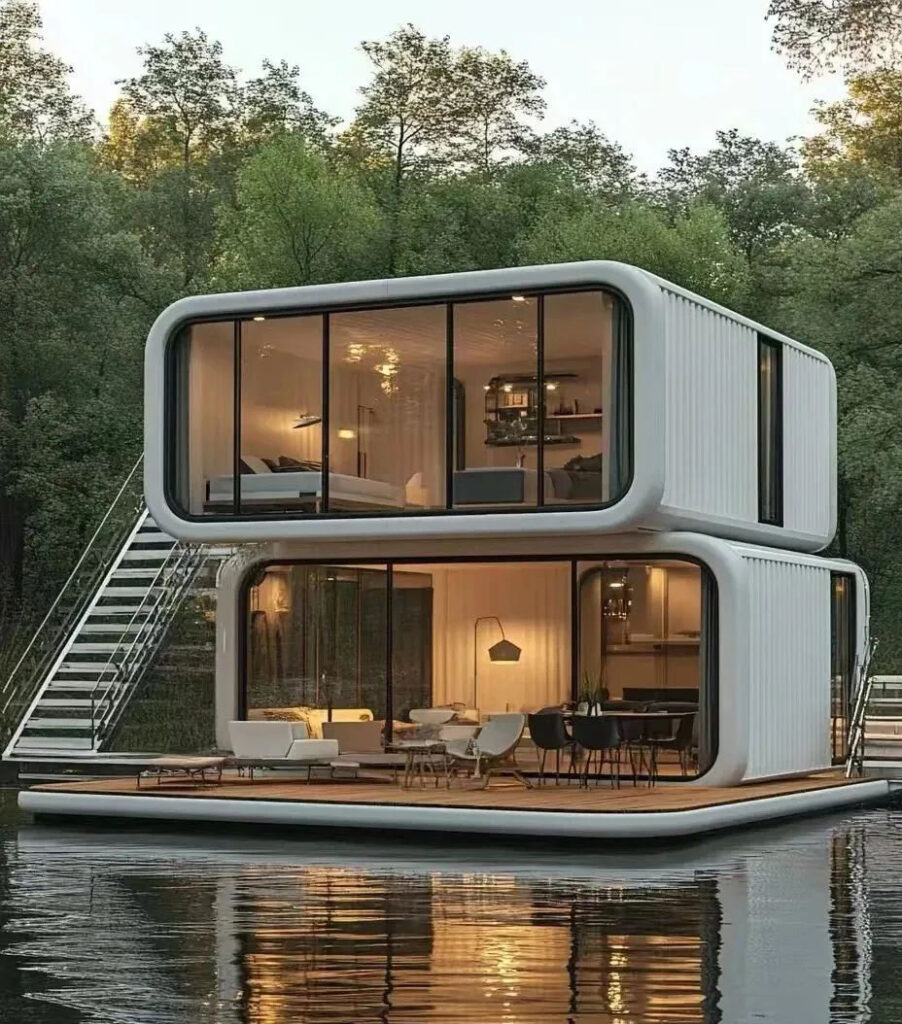
Leave a Reply